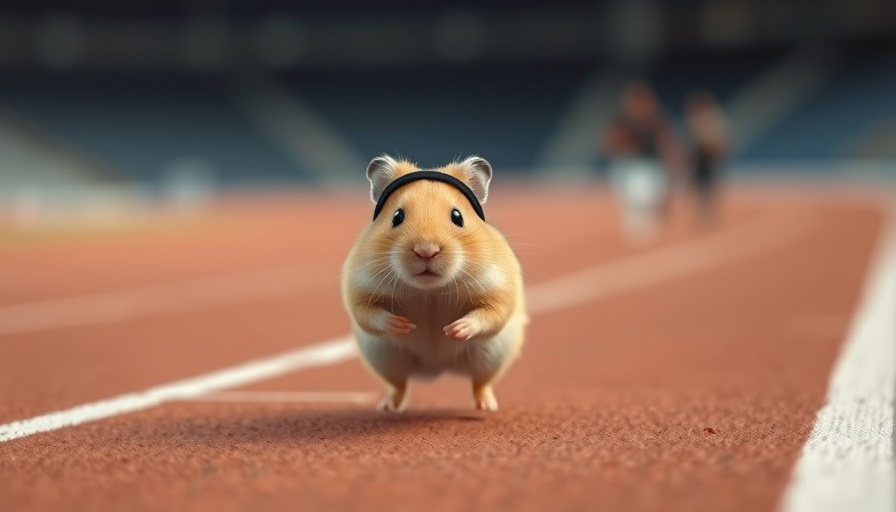
Midjourney Unveils Game-Changing V1 Video Generation Technology
In a significant leap for artificial intelligence in creative industries, Midjourney Inc. has introduced its new V1 video generation model, enabling users to create videos up to 21 seconds in length. This advancement marks the company's ambition to move beyond static image generation and push the boundaries of creative expression through AI.
The Evolution of AI in Multimedia
Since its inception in 2022, Midjourney has focused on AI image generation, garnering around 21 million users with its subscription-based model. The release of V1 comes on the heels of their latest AI image generator, V7, which provides faster and higher-quality outputs. Notably, the competition includes Google’s Veo 3 and OpenAI’s Sora, both offering similar capabilities; however, V1 sets itself apart by allowing users to extend video clips significantly while offering multiple customization options.
Empowering Creative Control
With V1, Midjourney is not just offering automation; they are providing users with enhanced creative control. Users can generate initial five-second clips and extend them with prompts ranging from straightforward requests for minimal motion to intricate animations incorporating significant movement. This flexibility is crucial for professionals across sectors, whether in marketing, entertainment, or branding, as it allows for tailored content creation that aligns with specific project goals.
How This Affects the Creative Landscape
The implications of such technology resonate deeply within the realm of content creation. As seen in recent trends, AI capabilities are transforming traditional workflows, allowing for rapid prototyping and innovative storytelling. By enabling executives and creators to visualize concepts quickly, AI models like V1 are paving the way for more efficient production cycles, thereby fostering a more agile creative environment.
The Future of AI Video Generation
According to Midjourney CEO David Holz, the V1 model is part of a comprehensive strategy to develop interactive 3D simulations, hinting at a future where visual media can seamlessly integrate with user interaction. This ambitious roadmap emphasizes a multi-tiered approach—developing not only visual assets but also the frameworks that allow them to move, interact, and be experienced in real-time. Such innovations will likely cultivate new business opportunities and methodologies that challenge conventional media consumption paradigms.
Conclusion: What’s Next for Businesses?
The introduction of Midjourney’s V1 model represents a paradigm shift in AI-assisted video generation technology. Companies across industries must consider how these tools can be integrated into their operational strategies, whether for marketing campaigns, instructional content, or immersive experiences. As these technologies evolve, remaining at the forefront of AI adoption will be crucial for maintaining competitive advantage. Companies that embrace these shifts early can outperform competitors and meet the increasingly dynamic demands of content consumption.
 Add Row
Add Row  Add
Add 




Write A Comment